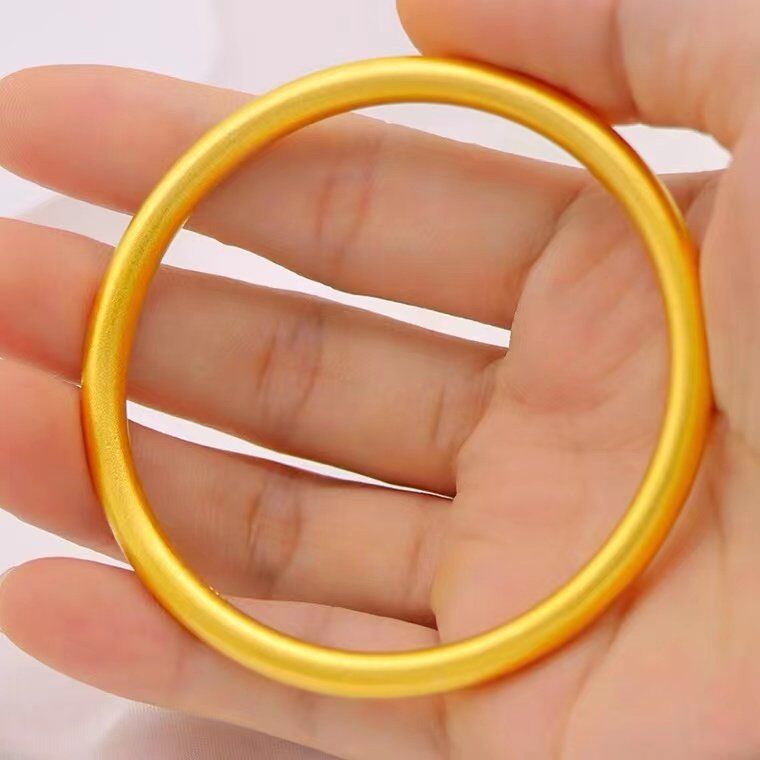What is sand gold?

Sand gold is produced in the bottom of rivers or low-lying areas, mixed with stone and sand, after elution out of the gold. Sand gold originated from the mine, is due to the gold ore exposed to the ground; after a long period of wind and rain, the rock was weathered and cracked, gold will be out of the vein along with the sediment down the water, natural precipitation in the stone sand, in the river bottom or gravel below the deposit for gold-bearing layer, thus forming sand gold.
What is South African Tin gold?

South Africa is located at the southernmost tip of the African continent, with a land area of 1219,090 square kilometers. It is surrounded by the Indian and Atlantic Oceans to the east, south, and west. South Africa is the second largest economy in Africa. Its citizens have a high standard of living and a relatively stable economy compared with other African countries. South Africa has considerable reserves of gold due to the relatively backward technology; the mined gold contains a part of the metal tin; the market is also called “tin gold” tin gold because its purity is not as high as gold. Hence, its market price is also much lower than gold, but also because of its good quality and reasonable price, so tin gold in African countries and Southeast Asian countries by It is because of its good quality and affordable price that tin gold is trendy among consumers in African countries and Southeast Asian countries.
What is gold?

Gold is the chemical element gold (Au) in the form of a single substance; it is a soft, golden yellow, corrosion-resistant precious metal. Gold is a rarer, sweeter, and more highly valued metal. Internationally, gold is generally measured in ounces and is an essential metal. It is a unique currency used for reserves and investments and an important material for jewelry, electronics, modern communications, aerospace, and other sectors.
The Difference Between South African Tin Gold and Gold
1, Stability is different: tin gold is a kind of gold; it belongs to raw gold and will fade after wearing.
2, The price is different: compared with gold, tin gold purity, and the price is lower.
3, Purity is different: panned and refined tin gold, the purity is equivalent to 95% and 96% of gold. If, after melting and refining, it becomes cooked gold, thus the purity will also become higher, and it forms gold.
4, The use of different: gold is a precious metal with unique investment and jewelry-making value, and the price is also very high. And South African tin gold is a lower-value metal, mainly used in manufacturing electronic components and electronic products; the price is also lower.
The difference between South African tin gold and sand gold
1. Tin gold is usually dark gray to black in color because it usually contains some iron, tin, and other impurities, making it more challenging to process and refine than sand gold. The amount of gold it has will also vary.
2. Sand gold is a naturally formed sand or sediment containing gold particles, generally golden yellow or copper yellow in color. Because it contains a relatively large amount of gold elements, extracting and processing it into gold bars or other gold jewelry is more manageable.
3. Sand gold and South African tin gold contain different gold purity; sand gold purity is more than 90%, and South African tin gold purity is more than 95%.
The difference between sand gold and gold
1, The purity is different: the main difference between sand and gold is the purity. Sand gold is raw gold; the gold content is not high. Gold is a metal in chemical elements; gold is softer in texture and is one of the precious metals with more robust corrosion resistance; gold contains different purity of gold, and sand gold belongs to one kind of gold.
2, The origin is different: sand gold is often produced in the river bottom or low-lying areas, and stone sand mixed must be panned to get gold. At the same time, gold is produced in ores and mines.
3, Color is different: gold and sand gold colors are also different. The size and shape of the sand gold particles vary, and the color is different because of the paint; more than 90% is red yellow, 80% is light yellow, and 70% is greenish yellow. The gold color is golden yellow.
4, The hardness is different: the hardness of the foot gold and human nails is not very different; the higher the purity of gold, the lower the hardness, and vice versa; if the more impurities in gold, the more complex the hardness will be, the gold purity of sand gold is very low, the hardness is also very high, very not easy to deformation.
5, The price is different: the sale of gold is divided into sales by grams and the cost of gold; the purity of gold is different, and the price is also very diverse, for the purity of the gold will have apparent standards and labeling, such as 18K gold containing 75% gold can not be labeled as full gold jewelry, but the price of sand gold is not divided, for the amount of gold content, there is absolutely no evident labeling.
Whether it is South African tin gold or Vietnam sand gold is kind of gold content is relatively low raw gold has not been purified as a sort of plain gold, there is no significant difference between the two; some people say Vietnam sand gold is good, some people say South African tin gold good, in fact, the same, because after made into jewelry is very similar to gold, the naked eye can not tell. Both will become darker after a long time with gold; the public service life is 2-3 years.